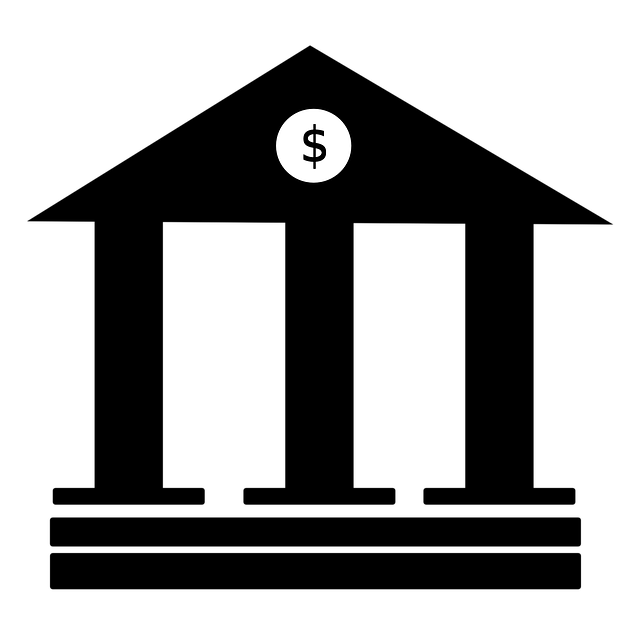Alternative financing, featuring flexible variable rate models from peer-to-peer and online lenders, offers borrowers non-traditional choices that can lead to lower initial rates. However, this approach introduces uncertainty due to higher interest rate risks and complex structures that require careful understanding. Traditional bank loans, with fixed predictable rates, provide stability despite potentially higher initial costs, making them a more certain option for borrowers. Borrowers must weigh the differences in interest rates, potential hidden costs, and complexity when choosing between alternative and traditional financing options.
Interest rates play a pivotal role in shaping financial decisions, especially when comparing traditional loans with alternative financing options. Traditional loans often feature fixed interest rates, providing borrowers with predictable monthly payments. In contrast, alternative loans embrace flexibility with variable rate structures, adapting to market fluctuations. This article delves into these distinct approaches, exploring the advantages and drawbacks of interest rate differences between traditional and alternative financing.
- Understanding Traditional Loans and Their Interest Rates
- Exploring Alternative Financing and Its Variable Rate Structure
- Comparing the Pros and Cons of Interest Rate Differences
Understanding Traditional Loans and Their Interest Rates

Traditional loans, often offered by banks and financial institutions, are a well-established form of financing with clearly defined interest rate structures. These rates are typically determined by various factors such as the borrower’s credit history, the loan amount, and the prevailing economic conditions. In most cases, traditional loan interest rates follow a linear model, charging a fixed percentage on the outstanding balance for the entire loan tenure. This predictability makes traditional loans an attractive option for borrowers seeking stability in their monthly payments.
When considering interest rates, alternative financing options, like peer-to-peer lending or specialized online lenders, often present distinct models. These alternatives may offer flexible interest rate structures, adjusting rates based on market conditions or individual borrower profiles. This contrast with traditional loans highlights the evolving landscape of financing, where innovative approaches are challenging conventional practices, providing borrowers with more diverse choices and potentially better terms in certain cases.
Exploring Alternative Financing and Its Variable Rate Structure

Alternative financing has emerged as a dynamic and flexible option for borrowers seeking unique financial solutions. Unlike traditional loans that often adhere to fixed interest rate structures, alternative financing employs variable rate models. These rates fluctuate based on various economic indicators and market conditions. This approach offers both advantages and challenges.
For borrowers, the allure lies in potential cost savings if rates decline. However, it introduces uncertainty as higher interest rates can significantly impact repayment costs. Lenders providing alternative loans often employ complex algorithms to set rates, making it crucial for borrowers to thoroughly understand the terms. Such flexibility in interest structuring is a key differentiator and draws individuals seeking non-traditional financial arrangements.
Comparing the Pros and Cons of Interest Rate Differences

When comparing alternative and traditional loans, one of the key factors that stands out is the interest rate. Alternative financing options often come with variable or non-conventional interest structures, while traditional loans typically offer fixed rates. Understanding the pros and cons of these differences is essential for borrowers.
On the one hand, alternative loans may have lower initial interest rates, especially during promotional periods. These rates can be particularly attractive to borrowers looking for quick financial solutions. However, they might come with hidden costs or complex payment structures that can make them more expensive in the long run. Traditional loans, on the other hand, offer predictability and stability through fixed rates, ensuring borrowers know exactly what their financial obligations will be throughout the loan tenure. While initial rates may be higher, borrowers are protected from potential increases down the line.






